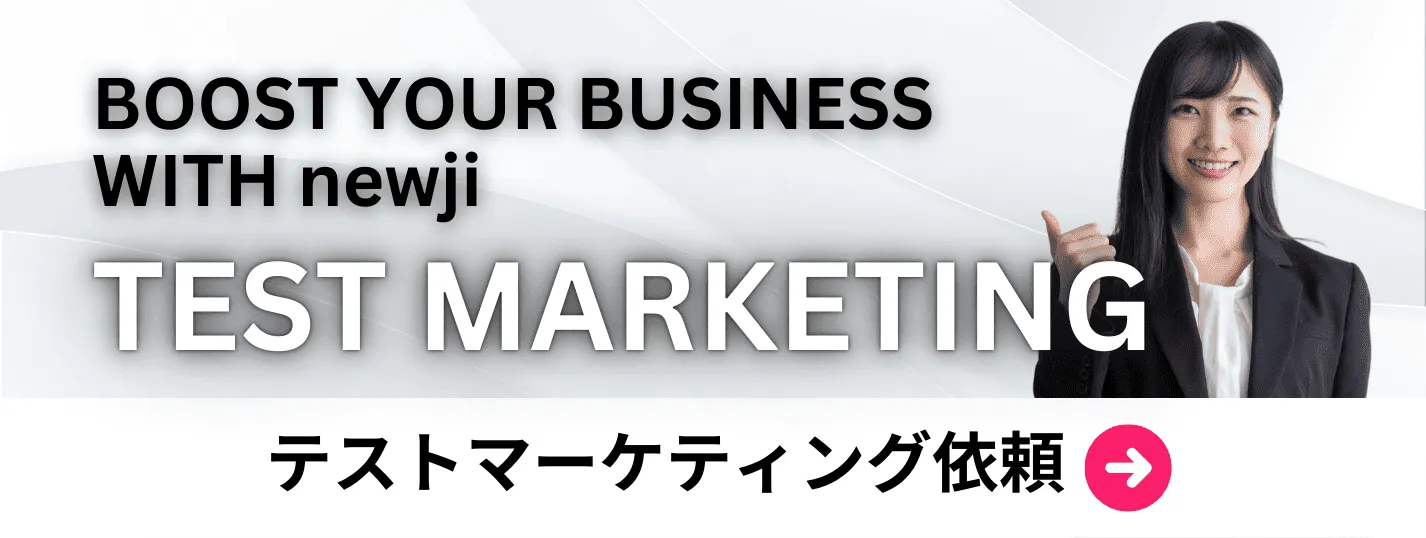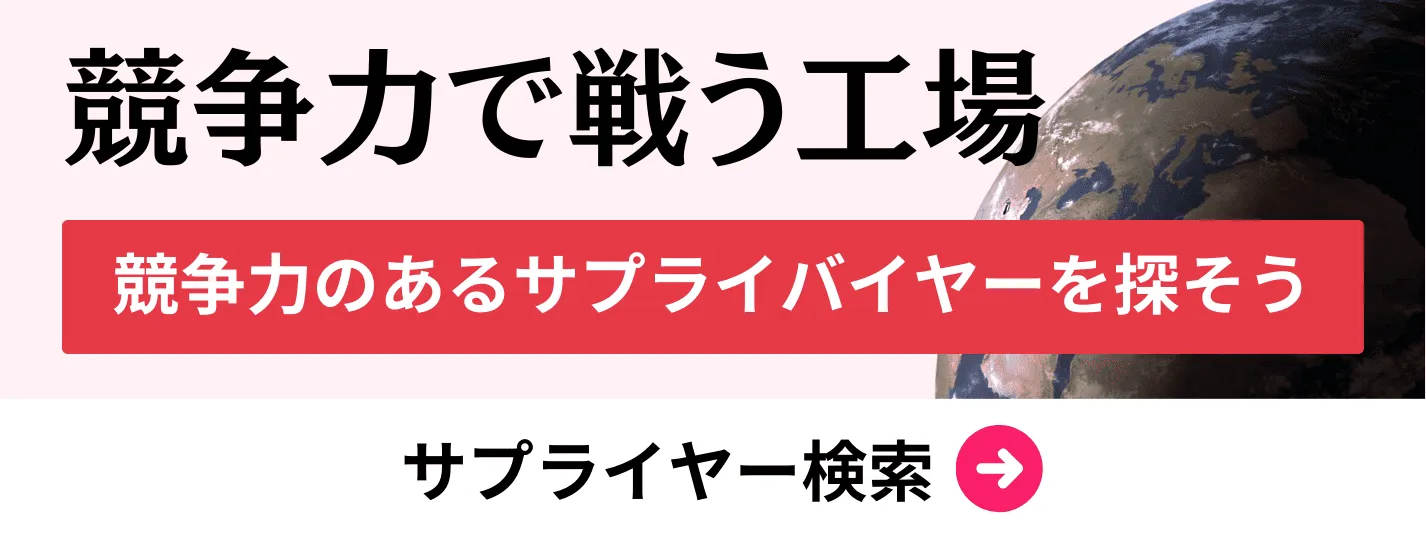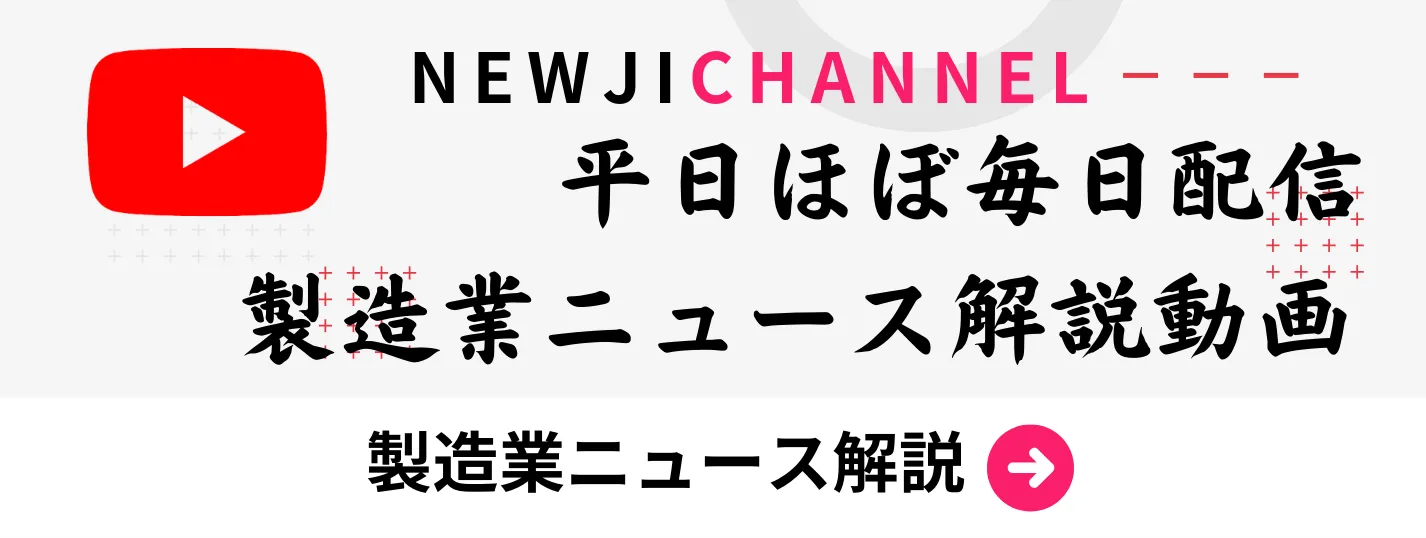- お役立ち記事
- Practical course on problem discovery analysis Kaizen proposal source management
月間76,176名の
製造業ご担当者様が閲覧しています*
*2025年3月31日現在のGoogle Analyticsのデータより

Practical course on problem discovery analysis Kaizen proposal source management

目次
Understanding Problem Discovery
Problem discovery is the first step in the continuous improvement process known as Kaizen.
It involves identifying issues within an organization or process that need attention.
These problems can vary from inefficiencies in workflow to defects in products.
The essence of problem discovery lies in accurately pinpointing areas that require change to enhance overall performance.
It’s crucial to understand that discovering a problem doesn’t only mean identifying what is going wrong but also understanding the root cause of the issue.
Problem discovery is not a one-time process.
Instead, it is a continuous journey that involves proactive observation and analysis.
Employees at all levels should be encouraged to participate in this process by identifying potential issues as they arise.
This inclusive approach ensures that all perspectives are considered, leading to more comprehensive problem-solving strategies.
Skills Required for Effective Problem Discovery
Successful problem discovery requires a specific set of skills.
Firstly, analytical skills are essential.
An individual must be able to assess data critically to identify inconsistencies or patterns that suggest a problem.
Attention to detail allows a person to pick up on small issues before they become more significant challenges.
Furthermore, strong communication skills are crucial.
When identifying problems, it’s important to communicate findings effectively to the relevant stakeholders.
Being able to articulate the problem clearly allows for swifter action and resolution.
Finally, creativity should not be overlooked.
Sometimes, discovering a problem requires thinking outside the box.
Innovative thinking can lead to uncovering hidden issues that traditional methods might miss.
Analyzing Discovered Problems
Once a problem has been identified, the next step is to analyze it thoroughly.
This involves understanding the scope and impact of the problem.
Analyzing a problem requires gathering relevant data and examining it to determine the root cause.
One effective method is conducting a root cause analysis.
Various techniques can be employed for root cause analysis, such as the “5 Whys” method, which involves asking “why” multiple times until the fundamental cause is determined.
Another useful technique could be the Fishbone Diagram, which visually maps out the potential causes of a problem.
Data Management in Problem Analysis
Effective analysis heavily depends on proper data management.
Without accurate data, it becomes challenging to understand and solve a problem.
Data should be collected from reliable sources and verified for accuracy.
This data must be organized systematically for it to be analyzed efficiently.
Moreover, data should be accessible to those involved in the problem-solving process.
Implementing a central data management system can ensure that everyone is working with the same information.
Incorporating data analytics tools can enhance the analysis process by providing deeper insights into the problem.
These tools can identify hidden trends and patterns that might not be visible through manual analysis.
Proposing Kaizen Solutions
Once a thorough analysis of the problem is completed, the next step is to propose solutions.
Kaizen focuses on small, incremental changes that collectively lead to significant improvements over time.
Solutions should aim to address the root cause rather than just the symptoms of the problem.
During this phase, it is important to brainstorm and explore various solutions.
Collaboration among team members can bring diverse ideas and approaches to the table.
Evaluating Proposed Solutions
Each proposed solution must be evaluated based on feasibility, cost, and potential impact.
The evaluation should consider both short-term and long-term effects of the solution.
Engaging stakeholders in this process can provide valuable insights and ensure that the proposed solution aligns with organizational goals.
Pilot testing is a highly effective way to evaluate the solution.
This involves implementing the solution on a smaller scale to observe its impact.
Feedback gathered during this phase can guide necessary adjustments before a full-scale implementation.
Managing Kaizen Proposals
Proper management of Kaizen proposals is crucial for their successful implementation.
This step deals with the strategic planning and organization required to turn proposals into action.
Documentation is a key component in managing proposals.
Detailed records of each proposal, including the problem analysis, proposed solutions, and evaluations, should be maintained.
This documentation serves as a reference for future improvements and helps track progress.
Implementing Kaizen Proposals
Implementing proposals requires careful planning and execution.
It is essential to assign clear responsibilities to team members and set realistic deadlines.
Communication during the implementation phase should remain open to address any potential issues promptly.
Regular monitoring and review should be conducted to ensure that the proposal is achieving the desired outcomes.
Adjustments may be necessary based on the feedback received during the implementation phase.
Post-implementation, it’s important to evaluate the success of the project.
Assess the outcomes against the intended objectives and document any lessons learned.
This completes the Kaizen cycle and sets the stage for further improvement initiatives.
Conclusion
Engaging effectively in problem discovery analysis and managing Kaizen proposals greatly contributes to an organization’s ability to continuously improve.
By fostering a culture of proactive problem-solving and collaboration, businesses can enhance their operational efficiency and achieve lasting success.
Remember, Kaizen is a journey rather than a destination.
It requires commitment and a willingness to embrace change, but the rewards of improved processes and productivity make the effort worthwhile.
 資料ダウンロード
資料ダウンロード
QCD管理受発注クラウド「newji」は、受発注部門で必要なQCD管理全てを備えた、現場特化型兼クラウド型の今世紀最高の受発注管理システムとなります。
 ユーザー登録
ユーザー登録
受発注業務の効率化だけでなく、システムを導入することで、コスト削減や製品・資材のステータス可視化のほか、属人化していた受発注情報の共有化による内部不正防止や統制にも役立ちます。
 NEWJI DX
NEWJI DX
製造業に特化したデジタルトランスフォーメーション(DX)の実現を目指す請負開発型のコンサルティングサービスです。AI、iPaaS、および先端の技術を駆使して、製造プロセスの効率化、業務効率化、チームワーク強化、コスト削減、品質向上を実現します。このサービスは、製造業の課題を深く理解し、それに対する最適なデジタルソリューションを提供することで、企業が持続的な成長とイノベーションを達成できるようサポートします。
 製造業ニュース解説
製造業ニュース解説
製造業、主に購買・調達部門にお勤めの方々に向けた情報を配信しております。
新任の方やベテランの方、管理職を対象とした幅広いコンテンツをご用意しております。
 お問い合わせ
お問い合わせ
コストダウンが利益に直結する術だと理解していても、なかなか前に進めることができない状況。そんな時は、newjiのコストダウン自動化機能で大きく利益貢献しよう!
(β版非公開)









